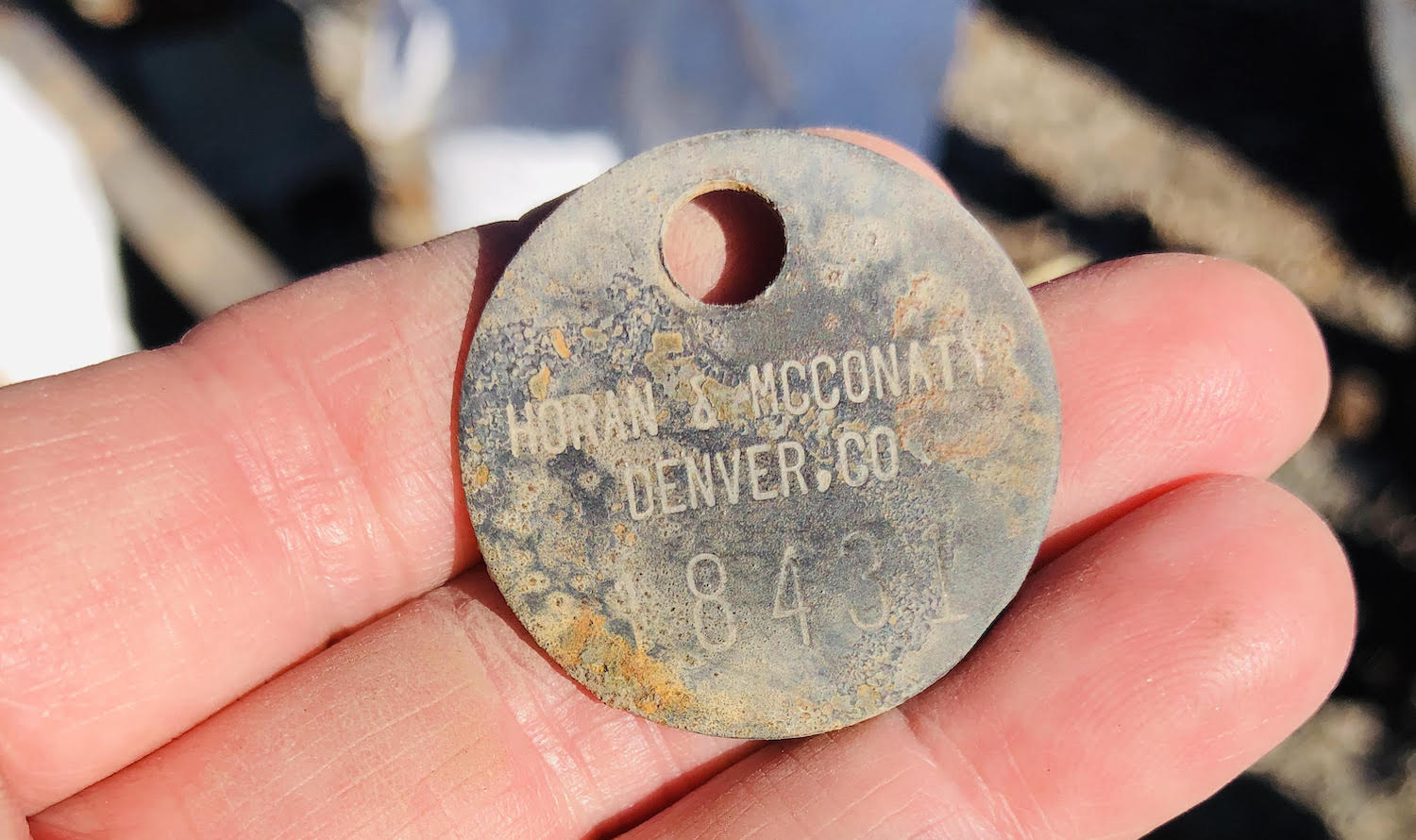These Cremains-sniffing Dogs Help Desperate Forest Fire Victims Reunite with Lost Ashes
It was the deadliest and most destructive wildfire in California, and the world’s costliest natural disaster of 2018. The Camp Fire, as it was called (after the name of the road on which it originated), started on the morning of November 8. By the time it was 100 percent contained 17 days later, it had claimed the lives of at least 86 people–with three persons still missing.
As evacuation orders were lifted in mid-December, Lynne Engelbert and her dog Piper were among the very few non-residents allowed within the neighborhoods where more than 10,000 homes and businesses were completely destroyed. Clad in hazmat suits and protective gear, Engelbert and her team of handlers from the non-profit Institute for Canine Forensics (ICF), along with a team of archaeologists, were there with their specially-trained dogs to help displaced families pick through what was left of their homes and locate some of their most treasured possessions–the cremated remains of loved ones.
“I can’t tell you how many times we heard residents say, ‘All I want out of this house is my husband’s or my grandmother’s ashes,’” Engelbert recalls. “These families are devastated.”
A new and very special skill
As volunteers for the Bay Area-based ICF, which was founded in 1998 by emergency responder Adela Morris, Engelbert, her border collie Piper, and other members of the team are usually called upon to identify the final resting places of long-dead historic and prehistoric human remains. Working on behalf of federal agencies, Native American tribes, and historic preservation groups, the canines of ICF are rigorously trained and semi-annually recertified to detect the very weak scent of remains that have been buried up to 10 feet deep for hundreds or even thousands of years. The group was even invited by National Geographic to investigate a specific spot on a remote Pacific island where missing aviator Amelia Earhart is suspected to have perished more than 80 years ago.
It was only in 2017 that ICF recognized the need for a noninvasive method for detecting cremains amid the ashes of burned homes. An archaeologist reached out to the team after learning that a man who had lost his home in the October 2017 Santa Rosa wildfire, was desperately looking for someone to help him identify the cremains of his parents within the rubble.
“He told us that he hadn’t yet done what he was supposed to do with the cremains,” Engelbert says, explaining that many clients share similar reasons for wanting to recover their loved ones’ ashes. Whether they promised the deceased that the ashes would be commingled with those of a spouse, spread in a special location, or even shot out of a cannon (a true story, says Engelbert), the person entrusted with the cremains cannot rest until they are located.
“It’s more than a want,” says Engelbert. “It’s a need.”
Getting the word out
Because many prehistoric cultures practiced cremation instead of inhumation, ICF routinely trains on donated human cremains in addition to the human bones and teeth used for historic human remains detection. In an actual cremains recovery project, metal crematory identification discs or tags amid the ashes provide additional verification that the dogs have indeed alerted upon the appropriate target.
Engelbert vividly remembers that first search for cremains at the Santa Rosa home. “Piper alerted on the cremains within two minutes,” she recalls. With no trowel handy with which to scoop up the cremains (the family’s garden tools were somewhere within the eight inches of ash that had once been their shed), the client fished an empty tuna can out of a partially-melted garbage can to transfer the ashes into plastic zipper bags that Engelbert provided.
Aided by word of mouth and newspaper coverage of Piper’s unique ability, the ICF team has since voluntarily located cremains for other families affected by the Tubbs wildfire in Santa Rosa as well as the Woolsey wildfire in Malibu in addition to the recent Camp Fire location. Out of these first recoveries was born the collaborative “Cremains Recovery Team” of specially-trained ICF canines and handlers, Alta Archaeological Consulting, and Environments Science Associates.
During the first visit to the Camp Fire site, the Cremains Recovery Team worked with 24 families to recover cremains left behind as residents frantically fled the encroaching flames. An even larger volunteer team of canines, handlers, and archaeologists joined in the search in late December and mid-January. At least one more search rotation is planned for late January.
“We’ve only touched maybe ten percent of the people who kept cremains in their homes,” says Engelbert. “When there’s a fire we try to find someone who can get flyers to these families while they’re temporarily housed in shelters so they can reach out to us.”
“We found Erin.”
For Engelbert, each recovery is an act of love and compassion that’s very personal to her. “We get the name of the deceased before we start the search, and we call them by that name,” she shares. “Instead of looking for ‘the cremains’ we’re looking for Mary or Grandpa Joe.”
After reading about the first family’s experience in her local newspaper, Lenore Hansen, a resident of Santa Rosa, contacted Engelbert to request Piper’s services. Hansen wanted to locate the cremains of her daughter Erin, who had died from cancer ten years earlier at the age of 32. With dogs Piper and Annie in tow, Engelbert and a fellow ICF volunteer met Hansen at the site of her ruined home. Within minutes of searching, Piper and Annie lay down amid the ash at the former location of Hansen’s closet, where Erin’s cremains had been kept.
“We found Erin,” Engelbert said to Lenore Hansen, whose tears were a mixture of joy and fresh grief.
Engelbert would like to have more stories like this to share, and along with other ICF members she is doing everything possible to bring their services to the attention of federal agencies like FEMA who respond to wildfires and other disasters. Ideally, cremains recovery would be incorporated into the already existing disaster recovery process. The line item “Did you have human cremains in your home?” would be added to the standard questionnaire that families complete for such agencies after a disaster. If the answer is “yes,” the services offered by ICF and the Cremains Recovery Team would be incorporated into the clean-up process.
“We’re knocking on the doors of local legislators,” says Engelbert, “just trying to find someone who understands and can help.”




